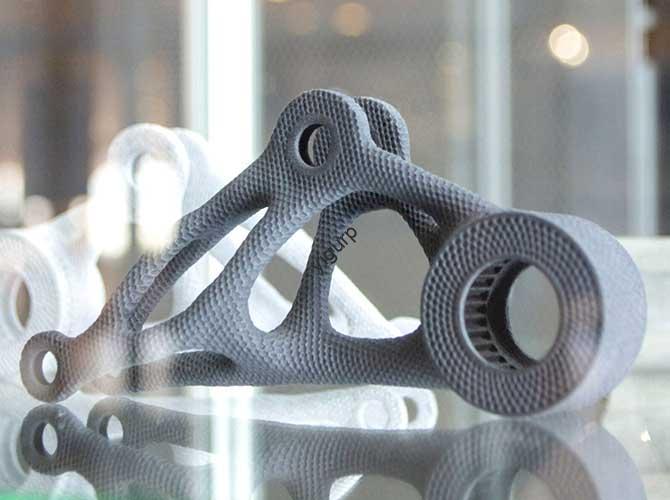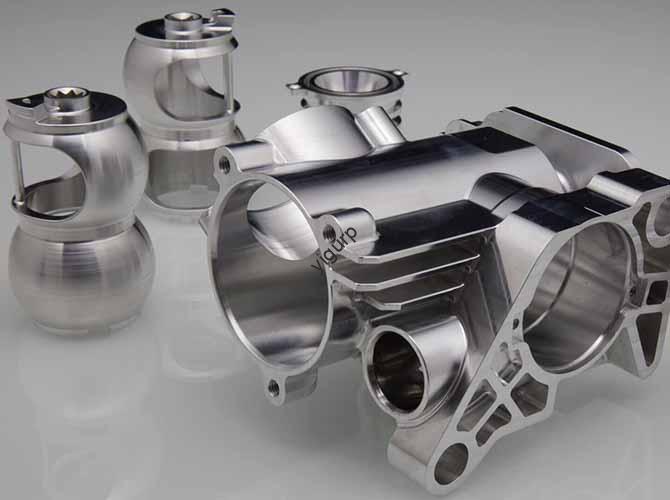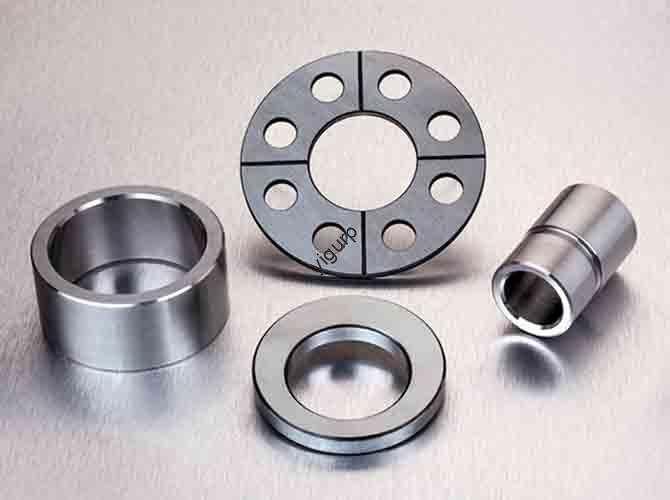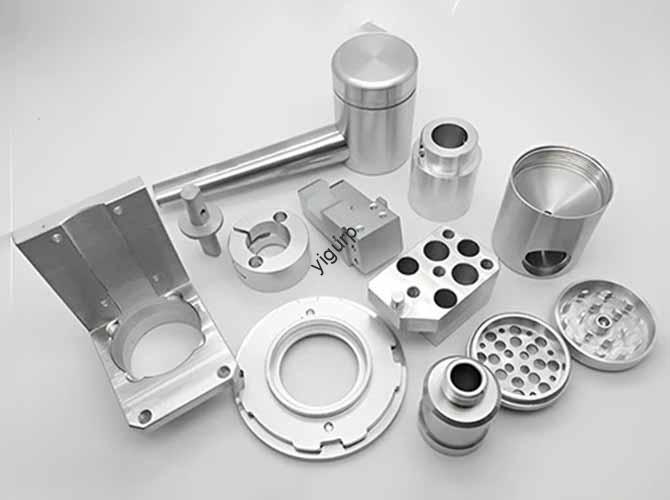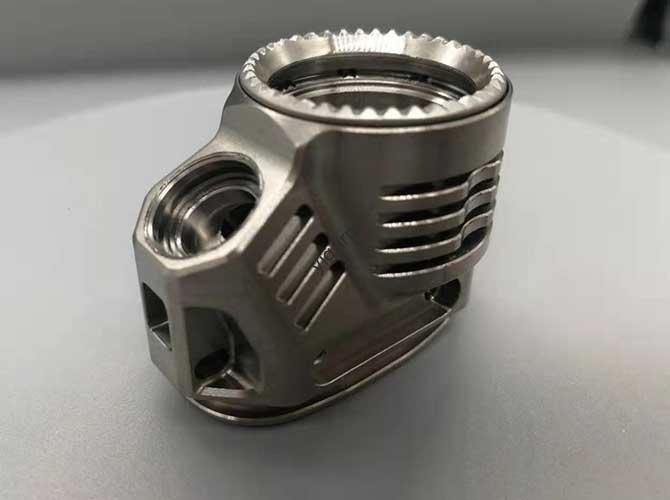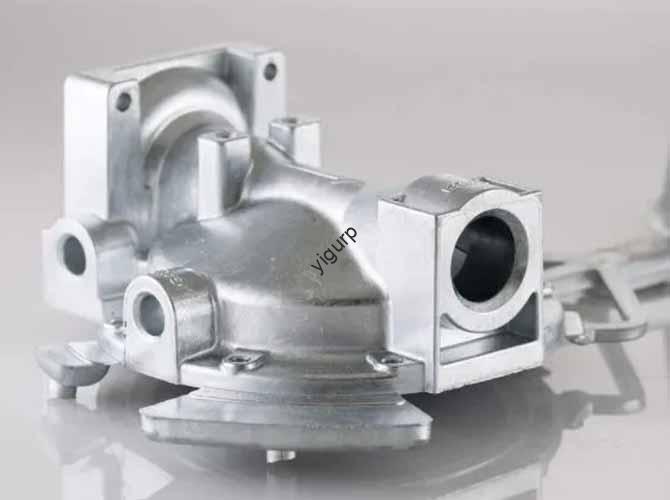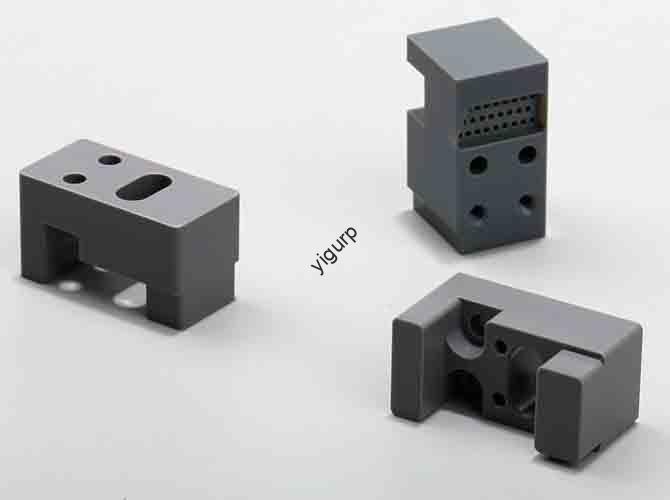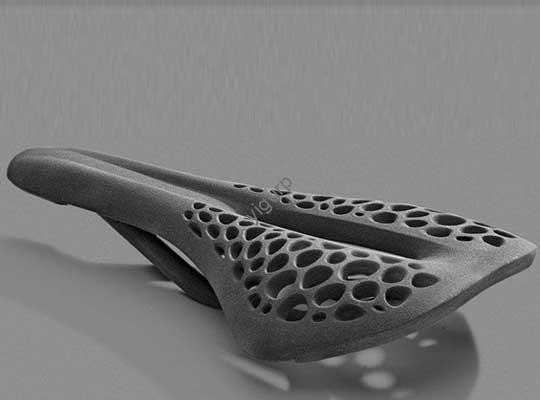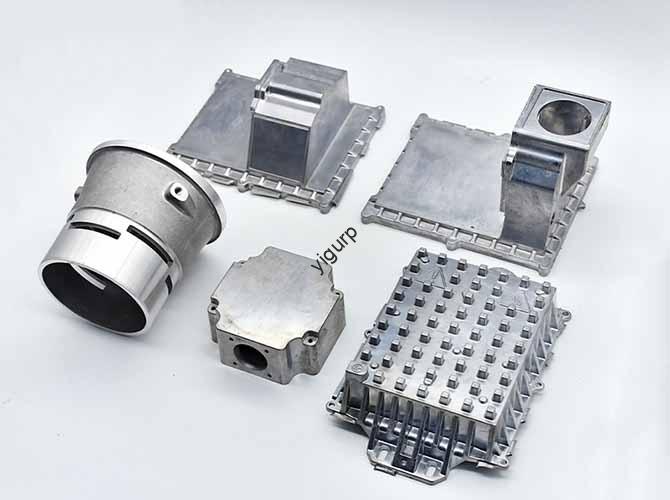What Are the Most Common Problems in the Die Casting Process and How to Solve Them?
Die casting is a widely used manufacturing process for producing complex metal parts with high precision. However, it is not without challenges. Various defects can occur during the process, affecting the quality, performance, and cost of the final products. Understanding these common problems and their solutions is crucial for manufacturers to improve production efficiency and […]
